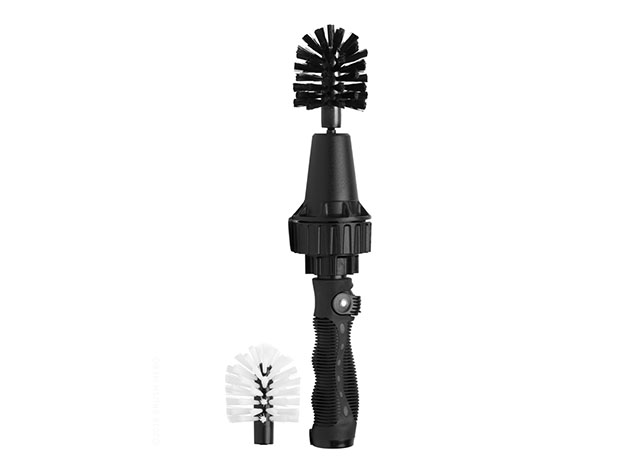Android 10 brought a few useful features that made it an appreciated update over Android 9 Pie. Android 9’s iffy 2-button navigation system gave way for fully gestural navigation, which worked much better. Android 10 also brought a system-wide dark mode on apps that support it after Google realized the benefits of dark themes on premium OLED displays. Google’s first-party apps on Android were quickly updated to add dark themes. The system-wide dark mode feature was one that users had been requesting for years, and they finally got their wish in Android 10. However, there is still room for improvement. While Google added a developer option to force all apps to turn on dark mode (even those that hadn’t been specifically updated with the feature), there is no way in stock Android to enable a forced dark mode on a per-app basis. As expected, the XDA community came to the rescue. XDA Recognized Developer Quinny899 released the DarQ app in June, letting users enable per-app forced dark mode.

DarQ settings
The only limitation with DarQ was that it required root because it sent a shell command that required elevated privileges to enable the forced dark mode option. This meant that unrooted users were out of the action. Even custom user interfaces didn’t have the solution to the problem. OPPO’s ColorOS 7 has added a forced system-wide dark mode toggle in the display settings (bringing it out of Developer Options), but again, it can’t be toggled on a per-app basis. We can always trust the community to come up with innovative solutions, though. With version 1.2, DarQ has now been updated to support per-app dark mode on Android 10 without root. It does this by using an ADB script, which has to be downloaded separately. The app now requires the user to grant it ADB shell-level permissions so that it can run the same command of the forced dark mode option without needing root.
DarQ also uses an Accessibility Service so that it can detect when the user’s selected apps are in the foreground to enable forced dark mode, and then disable dark mode when those apps aren’t in the foreground.
With version 1.2, the app now supports OnePlus’ OxygenOS. The update has also added a search box to the app list.
The full change-log is noted below:
DarQ v1.2 Changelog
v1.2
– DarQ now works without root! Use the ADB script from the XDA thread or GitHub repository to run the required background service to use DarQ without needing to root your device.
– Fixed root detection
– Added OxygenOS support
– Added a search box to the app list
– Added a filter for system apps (hidden by default) in the app list
Toggling forced dark mode on a per-app basis means that users can have dark mode enabled in apps like Twitter, for instance, while choosing to have it disabled on Facebook and Instagram. DarQ can also automatically enable dark mode at night. It enables user flexibility, which is nice to see. Can we expect an option like this to be provided as a developer option in the next Android release? We will have to wait until next month to find out.
Download DarQ from XDA Labs | XDA Forum Thread for DarQ
The post DarQ enables per-app forced dark mode on Android 10 without root appeared first on xda-developers.
from xda-developers https://ift.tt/38k6S32
via IFTTT



























